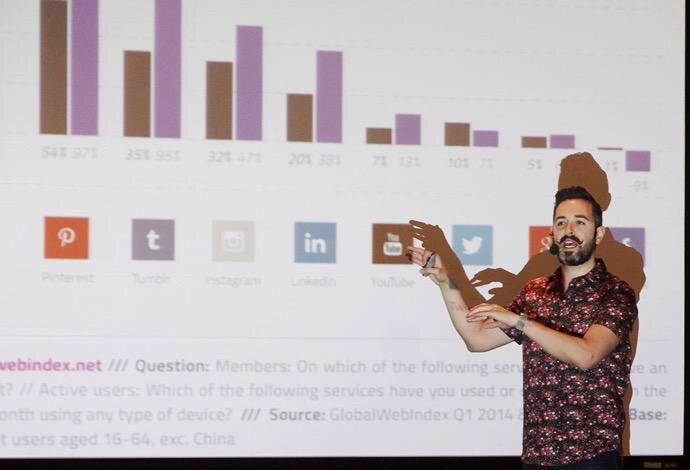How Mobile-Optimised Payment Gateways Reduce Drop-Offs And Boost Conversions
By Full Editorial Since smartphones and tablets are the main devices used for online activities, providing a smooth payment experience on mobile is crucial.
Payment gateways serve as the critical bridge for these transactions, and their design must prioritise mobile usability. Businesses that focus on optimising payment gateways for mobile users see tangible benefits, including fewer abandoned carts, smoother checkouts and ultimately higher conversion rates.
Mobile optimisation is no longer optional; it is a strategic necessity that shapes customer satisfaction and drives revenue growth. In this blog, we will learn about the importance of a mobile-friendly payment gateway and how it redefines the efficiency of completing transactions in a mobile-first world.
The importance of mobile optimisation in payment gateways
Mobile devices present unique challenges. Smaller screens, variable network speeds and differing user expectations demand a tailored approach. When a payment gateway is not optimised for mobile, users encounter delays, confusing layouts or complicated input methods. These issues lead to frustration, which often results in customers abandoning their purchases.
Mobile optimisation involves designing payment gateways that load quickly, operate smoothly and offer simplicity at every step. This guarantees that users can finish their transactions smoothly, without any interruptions or confusion, boosting the chances of completing a purchase.
Lowering user drop-offs through mobile-optimised payment gateways
Mobile-optimised payment gateways help reduce drop-offs by offering a faster, simpler and more intuitive checkout experience for smartphone and tablet users. This is how:
Fast and responsive interface
A payment gateway optimised for mobile devices ensures rapid loading times and an interface that adapts seamlessly to various screen sizes. This responsiveness is crucial. Customers expect near-instantaneous reactions on their devices, and any lag risks losing their interest. A fast-loading, intuitive payment gateway encourages users to proceed confidently through the checkout process.
Streamlined data entry
Entering payment details on a smartphone can be cumbersome if the interface is cluttered or unintuitive. Mobile-optimised payment gateways simplify the input fields, often integrating features such as auto-fill and context-sensitive keyboards. This reduces errors and speeds up the process, preventing users from abandoning payments out of frustration.
Secure yet unobtrusive authentication
Security is non-negotiable in payment processing. However, overly complex verification steps can disrupt the user journey. Mobile-optimised payment gateways strike a balance by integrating advanced, secure authentication methods that feel seamless to the user. This encourages the completion of transactions while maintaining trust.
Support for diverse payment options
Modern mobile shoppers expect flexibility in how they pay. An effective payment gateway offers support for credit and debit cards, digital wallets and bank transfers.
This variety caters to different preferences, making the payment experience more convenient and reducing drop-offs caused by limited options.
How mobile optimisation boosts conversions
Mobile optimisation boosts conversions by making the payment process smoother, quicker and more user-friendly, encouraging customers to complete their purchases without friction. This is how:
Minimising friction in the checkout process
Friction is the enemy of conversion. A payment gateway that demands excessive information or presents confusing navigation deters customers. Mobile optimisation eases this friction by designing a checkout process that is simple and quick, motivating users to finish …read more
Source:: Social Media Explorer


































